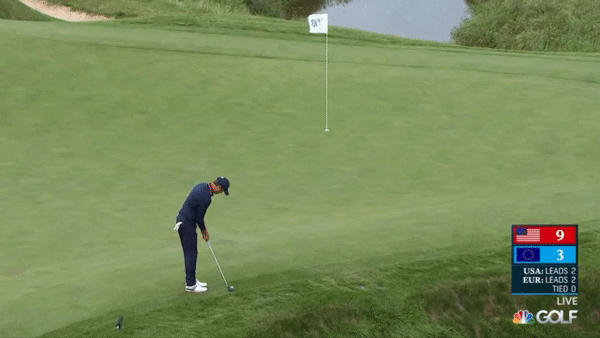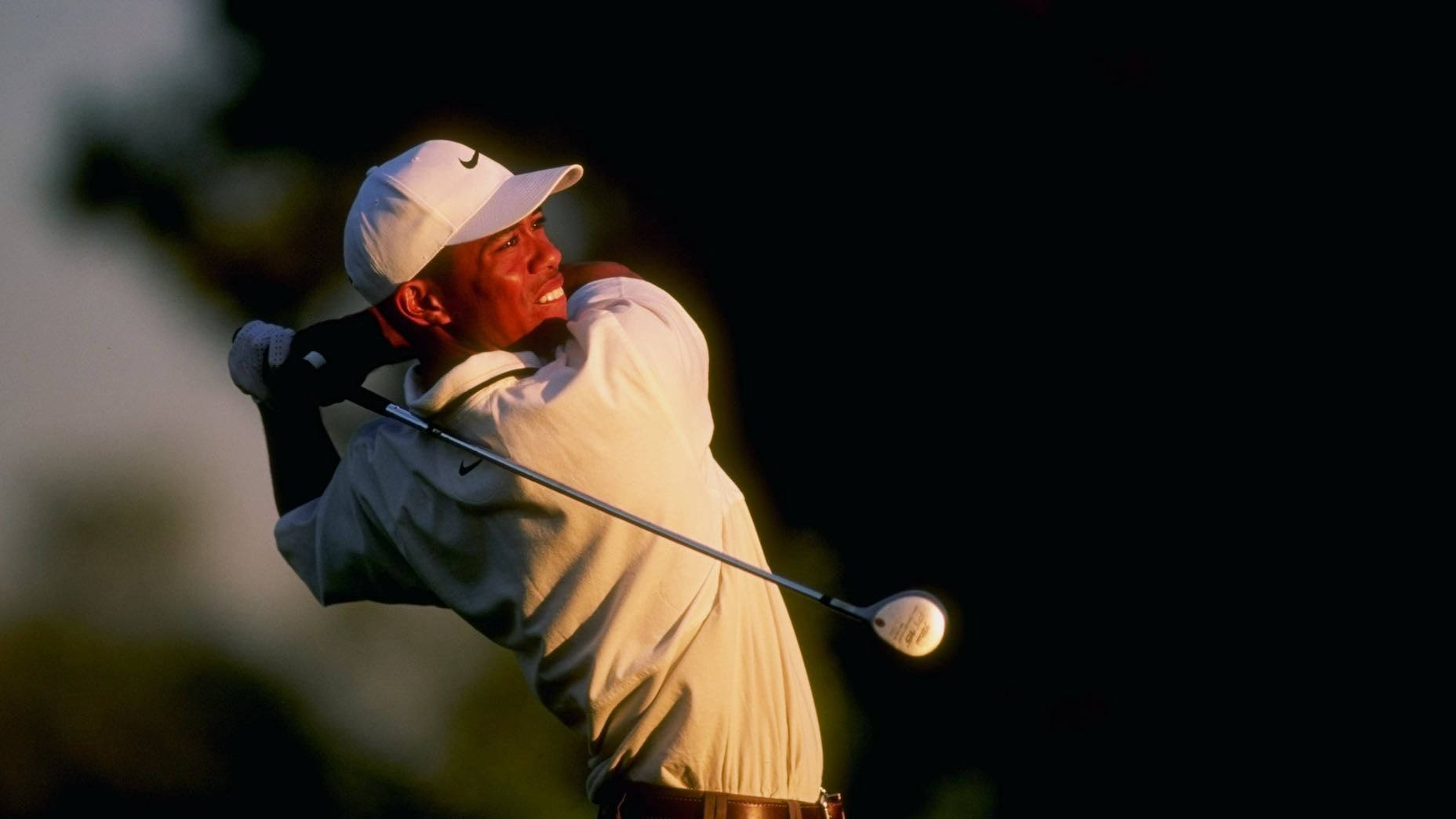
You can learn a lot by watching the pros.
Getty Images
HAVEN, Wis. — The Ryder Cup is wholly unique in every way. Not bad, as Brooks Koepka made pains to say, just “different.”
All the luxuries of being a PGA Tour player are nowhere to be found. Players aren’t in control of their own schedules. They don’t have the luxury of playing their practice rounds whenever they want to. There are no equipment trucks on-site, which rules-out any last-minute gear tweaks. And because the days are so long, pros very rarely frequent the range after their round, which leaves the few coaches who are there operating in smaller, more subtle roles.
It’s the one week every two years where everything briefly freezes in time, and all we’re left with is what we see on the course. Look closely, though, and you can learn a lot along the way. Here are a few things I noticed from the ground that might help you play better golf:

1. Learn the fairway wood putt
This was a shot I saw multiple players use this week from the tightly mowed areas around the green. It’s a go-to shot for players who don’t want to use their wedge for fear of chunking the ball, but don’t want to smash a putt through fairway grass. Making the same putting motion with a fairway wood means the ball comes out with a bit of extra pop, which propels the ball through the longer grass, then rolls like a putt on the green. It’s an unglamorous shot, but if it’s good enough for the best players in golf, perhaps you should consider it too.
2. The power of positive self talk
For European fans, Lowry’s clutch putt to close out his match on Sunday was the moment of the tournament. And best of all was what he told himself before the putt.
“I said, ‘I’m made for this. This is it,’” he said. “I didn’t know I was going to hole it, but knew I was going to try my best.”
Lowry has a habit of rising to challenges, and this little insight illustrated why: He’s confident in himself, not afraid of trailing, but focusing all his energy on trying his best. That’s all we can do, in golf and life. And if you do that, it ends up working, anyway.

3. Not being given putts is a good thing
There was a lot more talk at this Ryder Cup about if opponents should give putts. The general attitude on both sides was that if you have a putt to win the hole, and it’s any longer than two feet, it’s fair game to make them putt it. Though there were times when players simply didn’t give putts, and made their opponents finish everything out.
For the rest of us, it’s good advice to operate without any expectation that you’ll ever be given a putt. Jon Rahm’s advice is to treat it as a positive:
“Seeing the ball go into the hole gives me confidence,” he said, pointing to his birdie on the 1st hole on Saturday morning as an example: “Silly as it sounds, even that four-footer on the first hole was huge. Perfect stroke, perfect putt, get some momentum.”
4. Butch’s swing tempo to copy
GOLF Hall of Fame Teacher Butch Harmon was commentating on the action this week for Sky Sports, and along the way he dropped a nugget about which player’s tempo he likes the most — and the rest of us should emulate.
“If you want to copy a man’s tempo in his golf swing, this is your man,” Butch said of Xander Schauffle. “Such beautiful tempo, he never gets rushed.”
Even, it turns out, in the worst of situations …
Xander Schauffele made it look easy— Stay down & club up when the ball is below your feet. pic.twitter.com/NpzQTw6vpC
— PGA of America (@PGA) September 25, 2021
5. Stand and walk, don’t sit
Finally, one of my most interesting learnings this week came from Marnus Marais, the physical trainer to Patrick Cantlay, Xander Schauffele, and Dustin Johnson. Before every tournament round he works with them to get their body “activated.” It’s arguably the most important part of the day. Think about it like flipping the On switch to your muscles. The good news is that once that switch is on, it pretty much stays on all day. There’s only one thing that can flip the switch back into the Off position:
“Even if you’re standing, your muscles remain engaged. It’s really when you sit and stop moving that your body begins shutting down,” he says. “That’s why riding in a cart can be so bad for you.”









